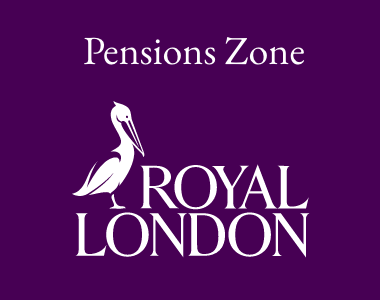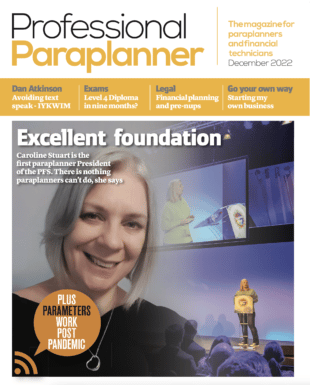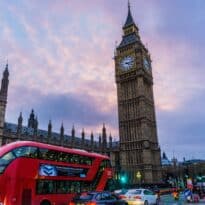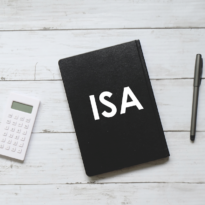John Humphreys, Inheritance Tax specialist, WAY Investment Solutions uses a case study to illustrate the disadvantages of putting off tax planning
This article was first published in the July/August issue of Professional Paraplanner
Procrastination is rarely a good strategy. We all have things on a list somewhere that we keep managing to put off. But some things on the list may be more time-sensitive than others, and not getting through them can come at a higher price. Sometimes it can even be calculated as a real cost in pounds and pence.
I was reminded of this point recently when an IFA contacted me about the very real case of Mrs T. It had actually been back in late in 2012 that I first came across her story. At the time, Mrs T was 66 years old and had been recently widowed. Her husband’s Nil Rate Band (NRB) for IHT had been fully used, and in terms of estate planning, she was unsure what to do next. She had met with her IFA, and having researched her case in detail, he had recommended she make a gift equivalent to her NRB into a flexible trust. After seven years this would be outside her estate for IHT purposes. At the discretion of the independent trustees, she would still be able to obtain some funds from the trust if needed via flexible reversions, although she was not anticipating needing to do so. For whatever reason, Mrs T decided not to proceed with the recommendation at that time.
Each time I saw the IFA over the following years, we would discuss Mrs T’s case and how much she could have potentially reduced her IHT liability by had she proceeded with his recommendation.
Fast forward to 2018, and a new IFA joined the firm and contacted me to discuss Mrs T’s case. By this time, Mrs T was age 72 and her net estate was valued at £2,550,000. Back in 2012 the Residence Nil Rate Band (RNRB) didn’t exist. Now in 2018, she would not qualify for all of it as her net RNRB-assessable estate was greater than the £2m threshold at which tapering begins. According to the ONS Average Life Expectancy data released in 2016, Mrs T would have an average life expectancy of 16 years, allowing time to potentially conduct two rounds of estate planning, via gifting, that would reduce her estate below the £2m RNRB taper threshold. Doing so could mean a scenario where both the NRB and RNRB (and the RNRB of her late husband, even though he died before it was introduced) would be offset against her estate following her death.
The new IFA, once again, recommended Mrs T make a gift into trust of a value equivalent to her NRB. This could be into a flexible discretionary trust, or if combined with a Discounted Gift Trust, subject to underwriting this would result in a net transfer of £325,000 and therefore avoid an entry tax charge for a Chargeable Lifetime Transfer. It would also likely avoid any Periodic Charge, as at least 40% of the trust fund would have been paid out to Mrs T in the first 10 years. Once again, Mrs T did not proceed with the recommendation.
Fast forward again to May 2020, and once again the conversation came back to Mrs T’s case. We discussed that had Mrs T proceeded with the planning initially recommended in late 2012, growth in the trust would have been outside the estate for inheritance tax purposes since then. The full original proposed gift of £325,000 would have been completely removed from her estate for inheritance tax purposes when the inter-vivos period expired in late 2019/early 2020.
At that point she could have considered making a further gift into trust equivalent to her NRB, which would bring her RNRB-assessable estate below the £2m RNRB tapering threshold. Assuming she met the other RNRB-qualification criteria, Mrs T’s estate would immediately be eligible for all of the RNRB allowance for herself. As mentioned above, her estate would also be able to claim the RNRB for her late husband. In the 2020‐2021 tax year, that would give her estate an extra £350,000 of allowances (via the RNRB), resulting in an immediate reduction in potential IHT liabilities of £140,000 (40% of £350,000). Plus, the original gift and growth in her 2012/13 trust would have been outside of her estate, along with future growth in her 2019/20 trust too.
Thankfully, Mrs. T is alive and well. At age 74, she potentially still has time to carry out some of the planning that has been suggested. The current pandemic situation may well further focus the mind on the need to put financial plans in place, as we are seeing with many clients.
In Mrs T’s case, taking action could reduce the future IHT bill faced by her family by hundreds of thousands of pounds. But if it continues to remain on the to-do list the opportunity will eventually be lost and the largest individual beneficiary of her estate could well be the Treasury.

































